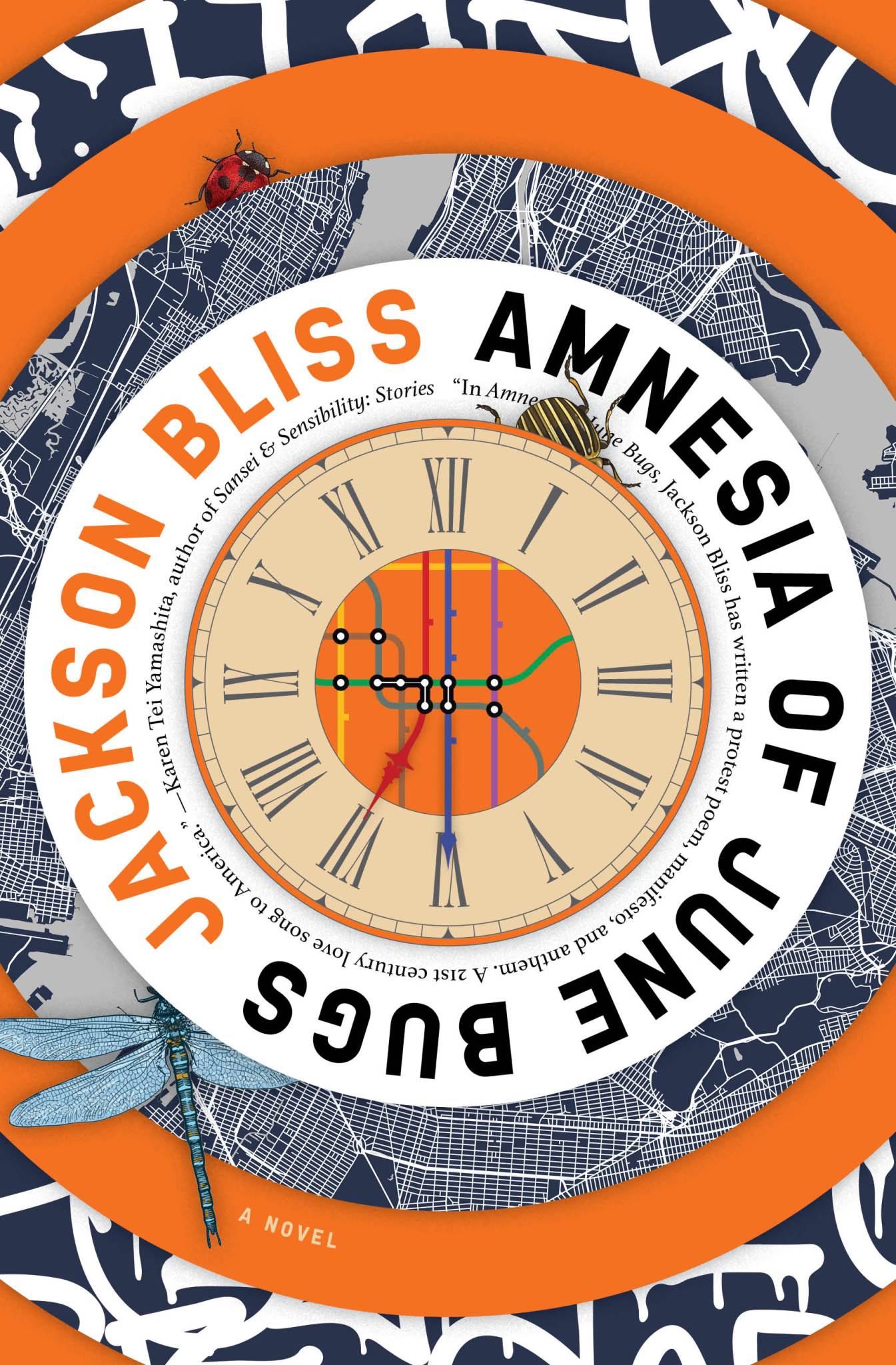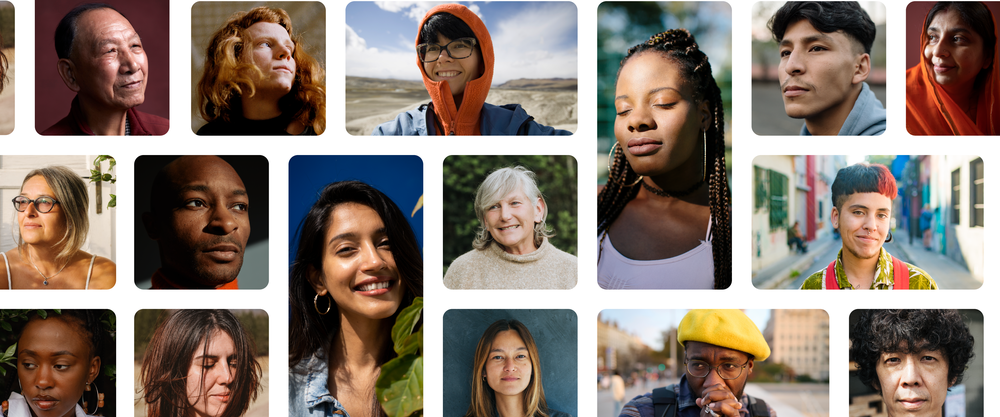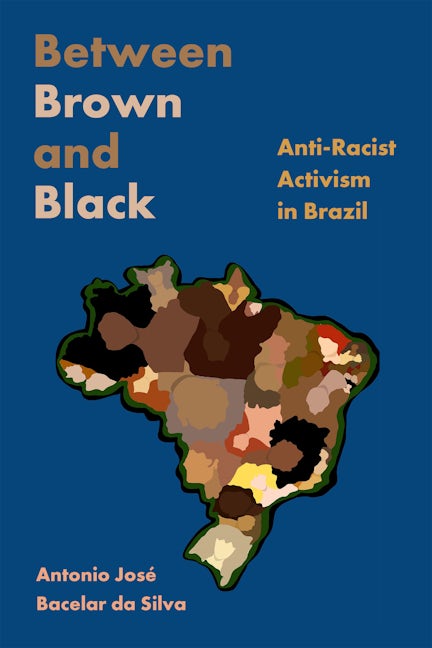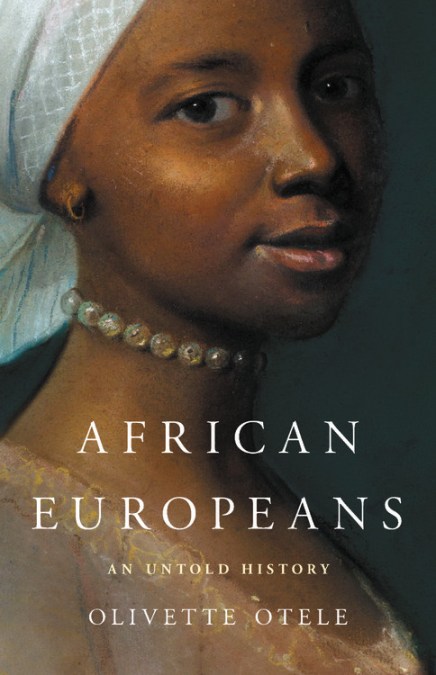Mana Tangatarua: Mixed heritages, ethnic identity and biculturalism in Aotearoa/New Zealand
Routledge
2017-11-16
236 Pages
14 B/W Illustrations
Hardcover ISBN: 9781138233362
Paperback ISBN: 9780367885304
eBook ISBN: 9781315309811
Edited By:
Zarine L. Rocha, Affiliated Researcher
Department of Sociology
National University of Singapore, Singapore
Melinda Webber, Associate Professor in the Faculty of Education and Social Work
University of Auckland

This volume explores mixed race/mixed ethnic identities in Aotearoa/New Zealand. Mixed race and mixed ethnic identity are growing in popularity as research topics around the world. This edited collection looks at mixed race and mixed ethnic identity in New Zealand: a unique context, as multiple ethnic identities have been officially recognised for more than 30 years.
The book draws upon research across a range of disciplines, exploring the historical and contemporary ways in which official and social understandings of mixed race and ethnicity have changed. It focuses on the interactions between race, ethnicity, national identity, indigeneity and culture, especially in terms of visibility and self-defined identity in the New Zealand context.
Mana Tangatarua situates New Zealand in the existing international scholarship, positioning experiences from New Zealand within theoretical understandings of mixedness. The chapters develop wider theories of mixed race and mixed ethnic identity, at macro and micro levels, looking at the interconnections between the two. The volume as a whole reveals the diverse ways in which mixed race is experienced and understood, providing a key contribution to the theory and development of mixed race globally.
Table of Contents
- Foreword Paul Spoonley
- Introduction: Situating mixed race in New Zealand and the world. Zarine L. Rocha and Melinda Webber
- Section one: Mixedness and classifications across generations
- Chapter One: A history of mixed race in Aotearoa/New Zealand. Zarine L. Rocha and Angela Wanhalla
- Chapter Two: Reflections of identity: ethnicity, ethnic recording and ethnic mobility. Robert Didham
- Chapter Three: Is ethnicity all in the family? How parents in Aotearoa New Zealand identify their children. Polly Atatoa Carr, Tahu Kukutai, Dinusha Bandara and Patrick Broman
- Chapter Four: Lives at the intersections: multiple ethnicities and child protection. Emily Keddell
- Section two: Mixed identifications, indigeneity and biculturalism
- Chapter Five: Raranga Wha: Mana whenua, mana moana and mixedness in one Māori/Fijian/Samoan/Pākehā whānau. Rae Si‘ilata
- Chapter Six: Beyond Appearances: Mixed ethnic and cultural identities among biliterate Japanese-European New Zealander young adults. Kaya Oriyama
- Chapter Seven: Love and Politics: Rethinking Biculturalism and Multiculturalism in Aotearoa-New Zealand. Lincoln I. Dam
- Chapter Eight: Māori and Pākehā encounters of difference – the realisation that we’re not the same. Karyn Paringatai
- Section three: Mixing the majority/Pākehā identity
- Chapter Nine: Multidimensional intersections: the merging and emerging of complex European settler identities. Robert Didham, Paul Callister and Geoff Chambers
- Chapter Ten: Hauntology and Pākehā: disrupting the notion of homogeneity. Esther Fitzpatrick










